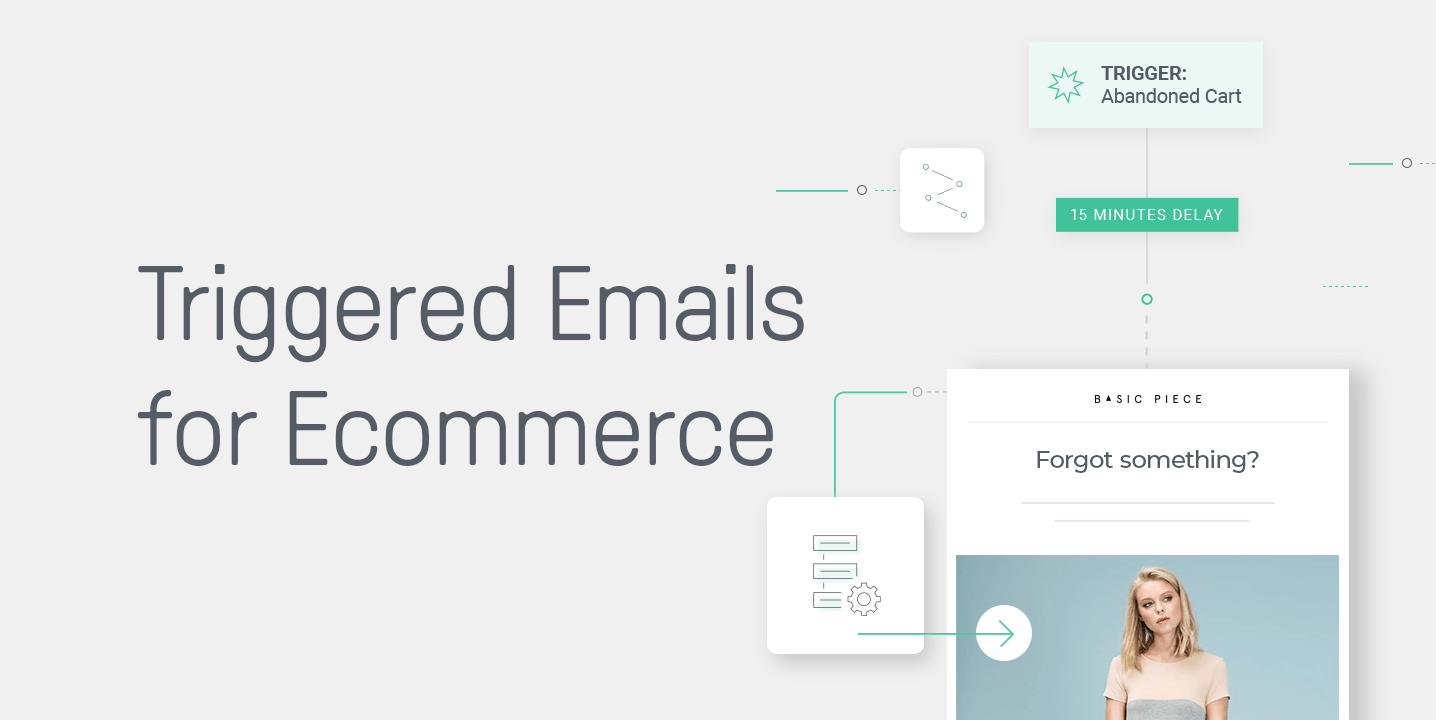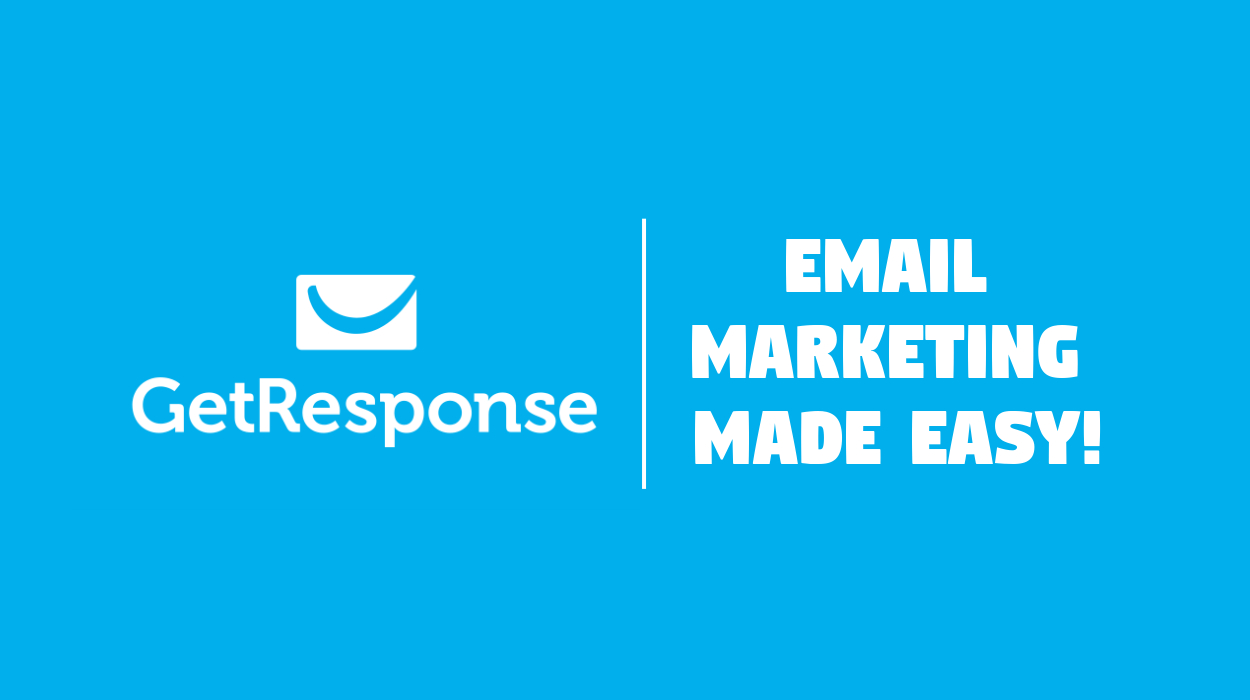
It is possible to send a triggered email, also known as a transactional email or behavioral email, in reaction to a planned event, a certain condition or user behavior. When a customer abandons their online shopping cart, for example, you can set up an automated email to be sent.
For Janni Nilsson of Resumao, managing editor of Resumao, “tripped emails” are pre-programmed, automatic marketing emails that arrive to customers at the moment they are scheduled. “The use of triggered emails can have a significant impact on customer relations.”
Promotional emails are sent to a large group of people regardless of their actions or behavior, while triggered emails are sent to a specific individual customer based on their activity.
The majority of business owners use email marketing software to create emails that are automatically sent when certain conditions are met. [Want help with an email marketing strategy for your business? We’ve compiled a list of the best email marketing companies.
You can create your own triggered emails by following these criteria, although the specifics will vary depending on the email marketing business you hire:
- Create the automation flow
- Create the email
- Organize your recipients into groups
- Make sure the trigger is out of reach
-
Create the automation flow
The email’s trigger will be discovered first (e.g., an abandoned cart, a subscription or a purchase). Email address and display name will also be selected by you in this process.
-
Create the email
After the trigger has been activated, create the email that will be sent out. Make sure to include a catchy subject line and a call-to-action that directs the buyer to the desired next step. You want the customer to feel as if this email was specifically intended to them, so make sure the email explains to them why it was sent.
-
Organize your recipients into groups
Your audience can be segmented based on demographics such as age and gender as well as location and user activity. In order to maximize your return on investment, segmentation allows you to send targeted emails to the right people.
-
Make sure the trigger is out of reach
Sending an automated email is the final step. You can run a test campaign before sending the triggered message to your customers to confirm that it works properly.







